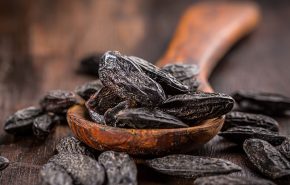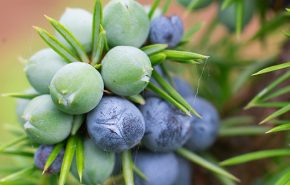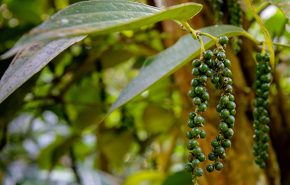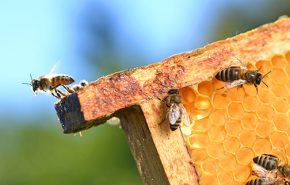€28.00 – €48.00
Spikenard Green Absolute 50% (Green Muskroot)
Adam Michael has this to say “This spikenard absolute also known as muskroot, is unusual on two fronts, first its Chinese material that within the west is dominated by Indian supply and to a lesser extent Nepalese, and secondly this is absolute instead of essential oil.
Aromatically, applied neat on strip or inhaled from the bottle, this is very root orientated, nagarmotha themed, vegetative, somewhat woody, boozy, liquorice, minty, forest green, valerian-gromwell stinky, and an outright musty affair. All the notes mentioned may change order and strength as we progress but otherwise this is the profile from start to finish. The woody qualities are presented in a decay and rotting form and are a little comparable to qualities within nagarmotha. And the valerian aspects are not too much in the sweaty feet sense, at least for me, but more comparable always to smelling gromwell root, so masculine and trace urinal mixed with some herbaceous tonalities and mushroom traces in the theme of smelling octanol-3 at trace levels.
This spikenard absolute is offered as a 50% dilution in alcohol, military-green in colour (in this diluted form) and used sparingly this is a must aromatic when creating forest-floor compositions, adding manly-ness to lavender colognes, generally pairing well with most herbaceous natured aromatics, supports cardamom, ginger, cypriol rich compositions, is a friend to seaweed aromatics and pairs very well also with atlas cedarwood, cedrat and red mandarins.”
Botanical Name: Nardostachys jatamansi
Origin: China
Alcohol Soluble: Yes



















Reviews
There are no reviews yet.